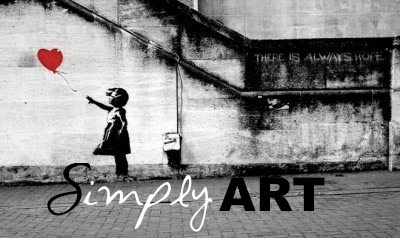Some people might perceive the purchase of art as any other purchase. It can be done because it is pleasant or because it can represent an investment, a really expensive and uncertain one. Is it really that uncertain though? That is one of the key fundaments of this sale that I would like to stress. During the economic meltdown of 2008, the art world saw a considerable decline in its sales; particularly in the conceptual segment. People stopped “investing” in art that wasn’t sure. They went back to more solid values like impressionism or even older art. By doing this, they bought art that they knew they could resale because it would not loose its value. A lot of people have had it before them and a lot more would keep having it. The demand for it would always be present. On the other hand, buying more risky works of art was more dangerous because it was new and did not have an established reputation. This could cause the work of art to be outdated or out of fashion rapidly, thus making it harder to resale. Plus the artist is probably still alive, thus leaving the probability for him to influence the value of the work a lot by his personal life or even keeping the risk of creating better works. With older works, nothing is unknown or uncertain; everything is already on the table. For example, Damian Hirst, a very popular conceptual artist, selling million dollar works saw himself falling right after September 2008. During the year 2008, 65 works above $1m. were sold, generating a total revenue of $230m. Just six years earlier his annual total amounted to two millions dollars. However, Hisrt’s extraordinary performance came to a halt just after the Beautiful Inside My Head Forever auction at Sotheby’s on September 2008. His unsold rate went from 11% to 55% between September and December 2008 and in just 12 months some of Hirst’s pieces had fallen back to their 2004 prices, eliminating four years of speculative inflation. Hirst even had to fire half of his studio employees because of the downfall. Another example of contemporary artists having stumbled after the recession is Takashi Murakami. Where in 2003, he was one of the fifteen most expensive artists on the art scene with a total sale of 3,4m USD and peaking in 2008 with 32m USD; in 2009 he didn’t make the top ranking of revenue generating artists, even though the entry ticket was only of 3.4m USD, his actual revenue of 2003. You could compare this with deciding whether to invest in a long term, stable company, knowing that prices won’t move much or on a new rapid growing company that could bring a lot of dividends but on the short term; having it for a long time could be perilous. The problem here is that you don’t know if your going to be able to resale your stocks at a reasonable price. A work by Hirst bought by Christie’s during the 2008 market meltdown, was sold a year later at half of its price. It was sold at $450,000; its initial 2004 auction price: $415,000 (18 October 2004, Sotheby's).
By buying the work of a renowned artist and very popular piece it is, the buyer made sure that he could resale the product. The fact that it belonged to a bank, gives it an added value because past owners are really important to determine the price of a work. Plus, now that it has a title of being a record breaker, the work has an even greater recognition on the market, giving it a certain mystique, rareness to it. And, every business man knows that if there is a demand for something, a sale can be established.
Though, it is still important to keep in mind that the expected sale amount was of 12 to 18 million pounds meaning that the actual sales price (65m. GBP) was almost 4.4 times higher than was expected. Specialists estimate that 100 euros invested in a Giacometti work in 1998 are worth 490 today. It is therefore important to know that like in any other market, things can get out of hand and investors find themselves with surprises, be it good or bad.
To put it in another context, for the sake of understanding, buying a pricey art work could be like shopping for a really expensive and rare car that Schumacher used to drive. Some people might spend a quite a bit for it. Or else, to put it in a context most businessmen will understand, it would be like buying Tiger Wood’s putt with which he won his first PGA in 1996. Nevertheless, I guess following recent events, might make this purchase more unlikely. I hope that those smart businessmen out there might understand a little bit more of the art world and what a huge sales event this was since it also dethroned one of the kingpins of modern art, Picasso.
To retrieve the information on which this article was based, click on the title.


No comments:
Post a Comment